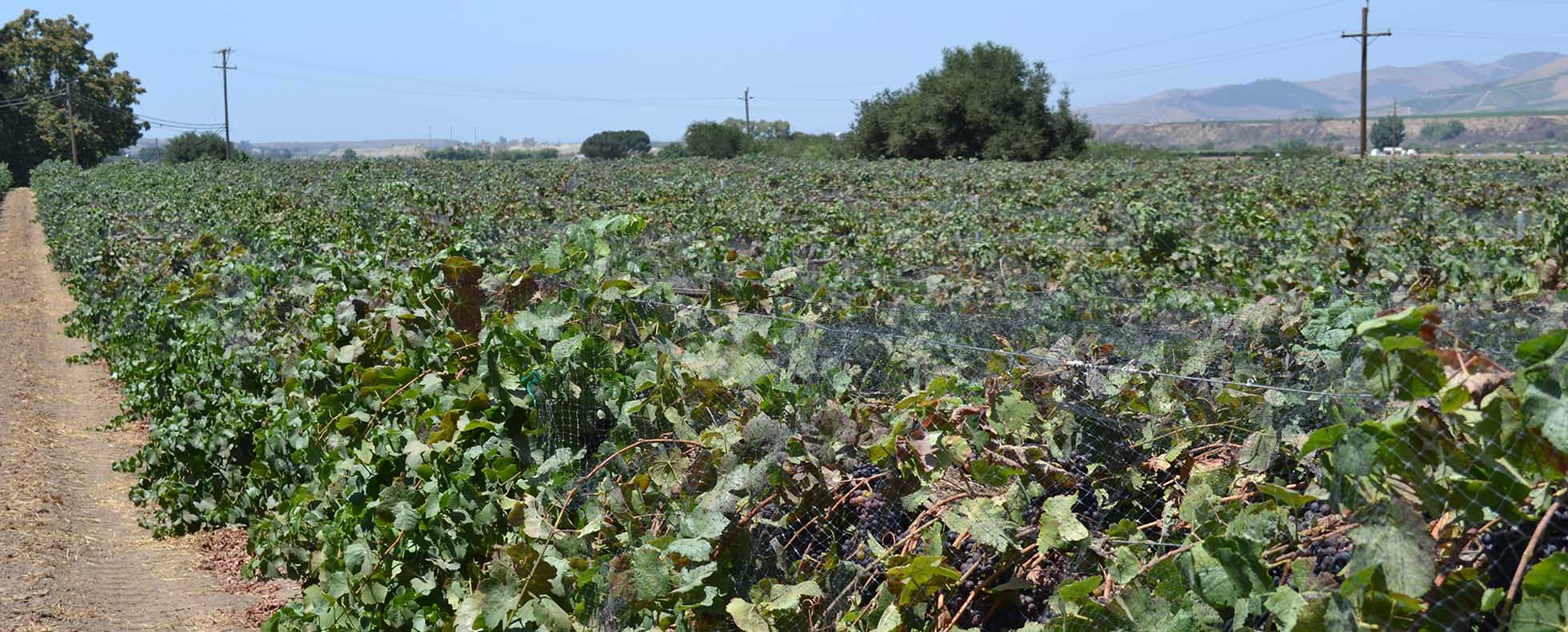
It’s no understatement that agriculture revolutionized each of us and our planet. It changed the way we live and how we organize our communities. Agriculture shows the human ability to continually innovate and evolve — as well as our ability to learn and pass down that knowledge.
Our ancestors formed a mental database and then relied on passing that information down to subsequent generations to make decisions for each planting season.
Today, we’ve continued demonstrating our innovation and are armed with more than just stories but volumes of year-over-year data to make decisions more intelligently than ever. Every grower is constantly working to use resources efficiently and responsibly, and thankfully, our tractors and implements can tell us just about everything we need to know to make improvements. From fuel utilization to planting efficiency and efficacy, we have data sets that our ancestors could have only dreamed about. Let’s dig into some of the data connected machines can provide that are ripe for planting insights.
In addition to their incredible horsepower, tractors today are data-collecting machines with semi-autonomous features. When a grower invests significantly in a tractor, tracking its usage through a modem and farm management software (FMS) like John Deere Operations Center™ ensures the machine is used to its full potential. Most tractors come with these tools, but a grower can also retrofit their existing tractor with aftermarket technology to connect it to an FMS.
Farmers can set up automated data collection, including GPS data points, to export a report later when connected. Some FMSs like John Deere Operations Center™ include an application like near real-time telematics, which pulls in data from every machine working on a grower’s operations. When growers access their fleet’s data sets, they can compare each machine’s production hours and fuel usage based on its job, whether planting or tilling. The data we can quickly gather from the machine and export into a report reveals how well they optimize time on the field, directly impacting fuel and labor costs. Less time spent on the field due to optimized routes and automated operations means lower fuel costs and reduced labor hours. This efficient time management allows farmers to allocate resources more effectively, focusing on other critical aspects of their operations.
With this information, growers can look for patterns to solve the mysteries of recurring breakdowns and other losses. Growers can plug the leaks that let money escape throughout growing seasons through misallocation of people, excessive idle time, or inefficient tractor transportation.
When growers fit their planters with machine control technology and an FMS, they can see when operators use these automated controls. In the hands of managers and operators, these usage records help growers see when changes are necessary and identify issues before they happen in the field.
For example, John Deere and other Original Equipment Manufacturers (OEMs) developed auto-turn functionality, so an operator can set the tractor and its implement to precisely turn while stopping its planting functions at the end of one pass and the beginning of another. This automated machine control technology, such as John Deere’s AutoTrac™, manages multiple tasks for the operator and lowers the risk of error. For required and, at times, monotonous tasks, AutoTrac also decreases operator fatigue. Operators benefit from AutoTrac and other machine controls like full auto transmission on front-wheel drive machines, which allows the equipment to optimize power output for each task.
When a grower runs a machine control automation report and talks with the operator using the machine to plant, they can highlight if they collectively optimized AutoTrac's benefits. When these machine control technologies are used an operator can plant at higher speeds, increasing productivity, and decreasing production hours and fuel usage.
Planters include controllers with which you can control functionality and monitor settings like spacing, depth and seed populations, among other data. Whether you're using Drawn, Mounted or DR planters, machine control and an FMS collect records of seed planting location, depth and distribution frequency.
Growers use these features to collect intelligence on each planting rotation, making saving input costs and improving seed planting quality easier. As growers collect these data sets for more and more planting rotations, their seed planning and purchasing improves. A grower can also understand what it means if they need to thin the number of seeds dispersed.
Besides tracking planting implements, growers who track the tractor's speed compared to fuel efficiency can choose what speeds work ideally with their desired presets. Operations managers can make decisions and feel confident stepping outside traditional practices or last year’s decisions.
Tracking a planter's speed and recording planting populations, depth, and spacing offers endless possibilities to find optimum results for your varieties. The time to test equipment manufacturers’ claims about up-and-coming products is now.
What were once our ancestors' well-thought-out questions turned into well-told stories about growing food. Now, we are working towards well-applied data to change the course of agriculture. Tracking tractors and their planter implements is just the start of growers' opportunities with data sets. And OEMs, precision ag specialists and equipment experts are investing heavily to support any grower's decision-making process. With a trusted partner, growers can understand their operation’s data sets and how to apply a plan for the next planting rotation. Like our ancestors, a learning curve exists to become data proficient. However, with technology and returning to thoughtful questions, we can embrace these growing pains to adjust operations and protect resources for years.